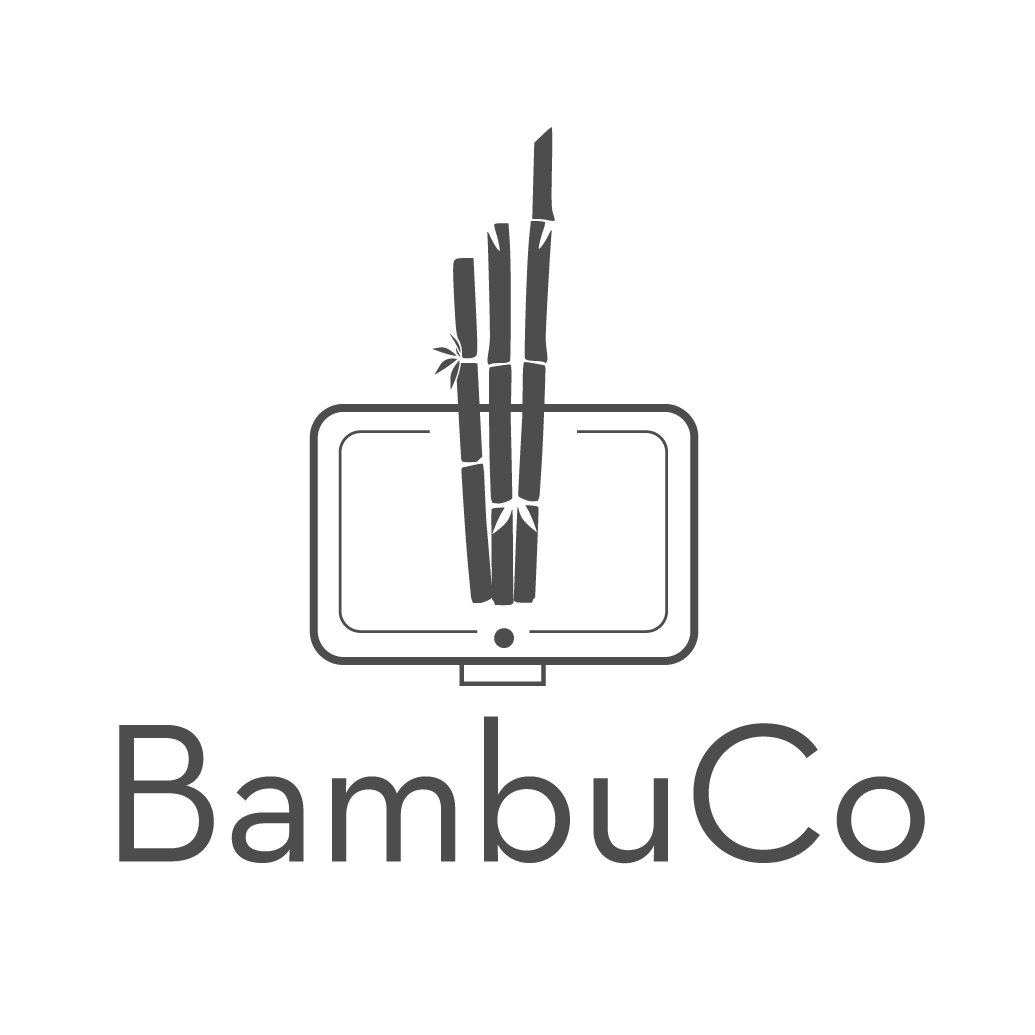The “One topic” format allows the sections of a Moodle course, also called “topics”, to be displayed one at a time, with tabbed navigation at the top of the course.
This format gives educators the ability to customize the presentation of their courses so that sections appear in a “horizontal” layout, organized in tabs rather than the vertical layout shown by default in Moodle.
Here are some examples of course visualization with this format:
https://ruta-tic.github.io/content/productos/cursos/que2.jpg
https://ruta-tic.github.io/content/productos/cursos/que1.jpg
https://ruta-tic.github.io/content/productos/casoestudio/abap1.jpg
https://ruta-tic.github.io/content/productos/casoestudio/abap3.jpg
Here you can learn more about the One topic format and its configuration: bambuco.co/onetopic
This format allows different actions that speed up the creation and organization of the courses, such as:
- Move activities and resources between tabs: You can easily move resources or activities from one section/tab to another.
- Modify the tab order: It is possible to modify the default tab order by simply accessing the “Tab editing utilities” and selecting the precise place to which we want to move the current tab. In the case of moodle 4.1, this option is more simple and direct. Click here to view this and other updates to the One topic format (release 4.1.04).
- Duplicate topics: Tabs or topics can be cloned.
- Add topic: You can add more topics or tabs in addition to those added when creating the course.
Learn more about all the tabbed topic actions: bambuco.co/onetopic-actions
The tabbed topic format allows you to select different types of views, you can see them here: bambuco.co/onetopic-view/







